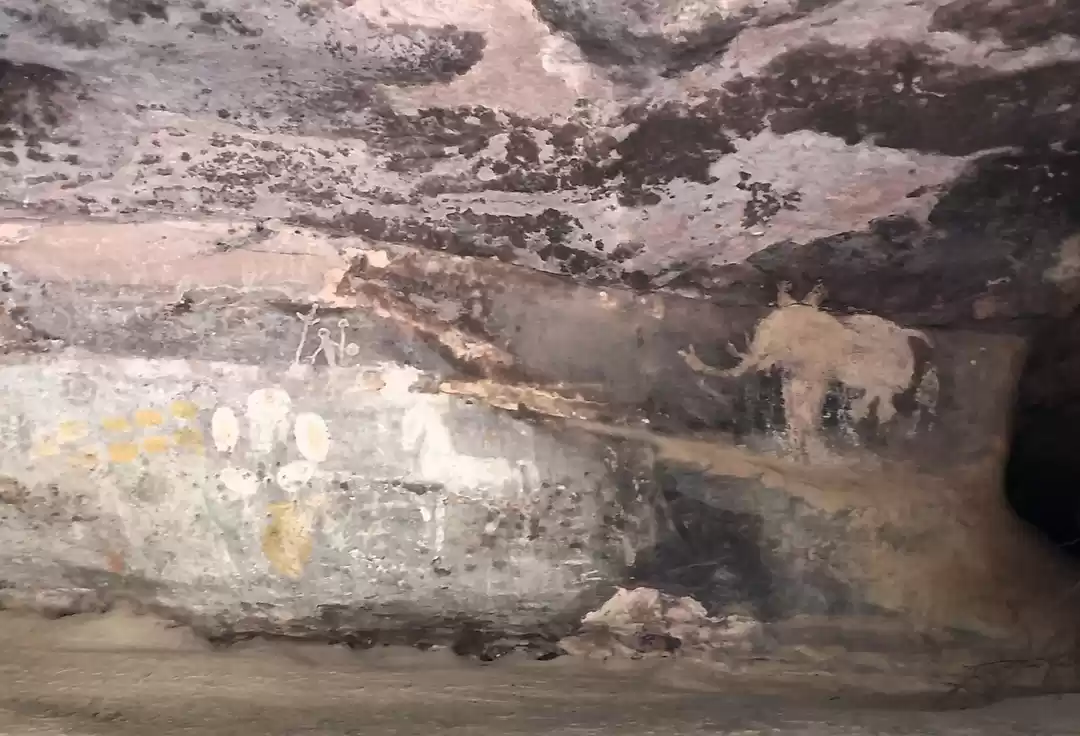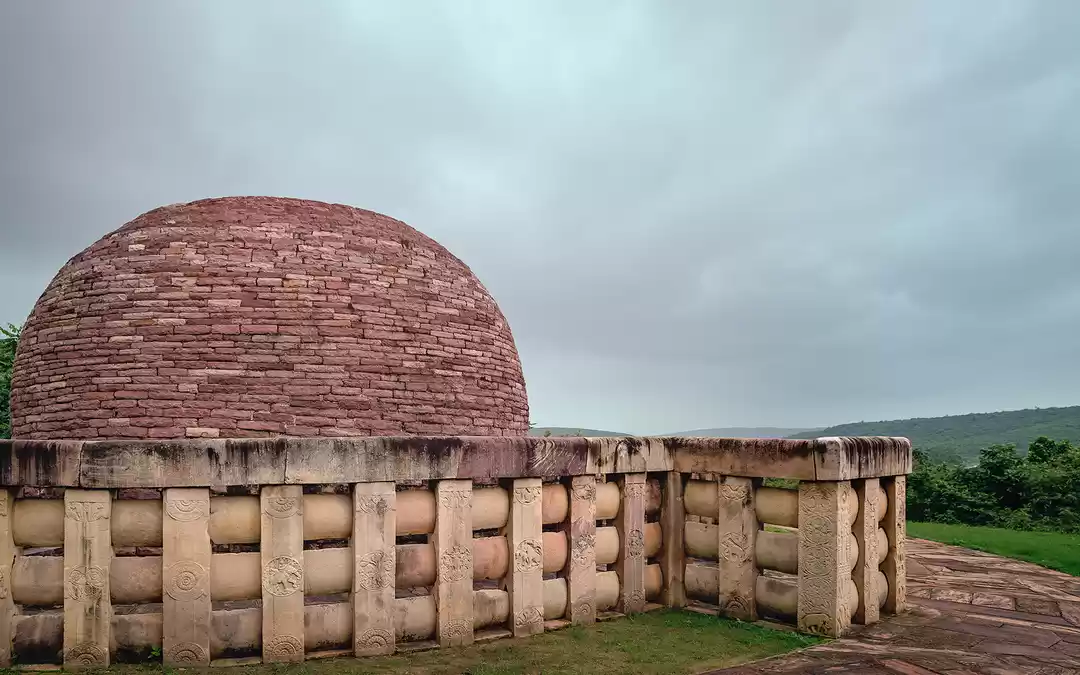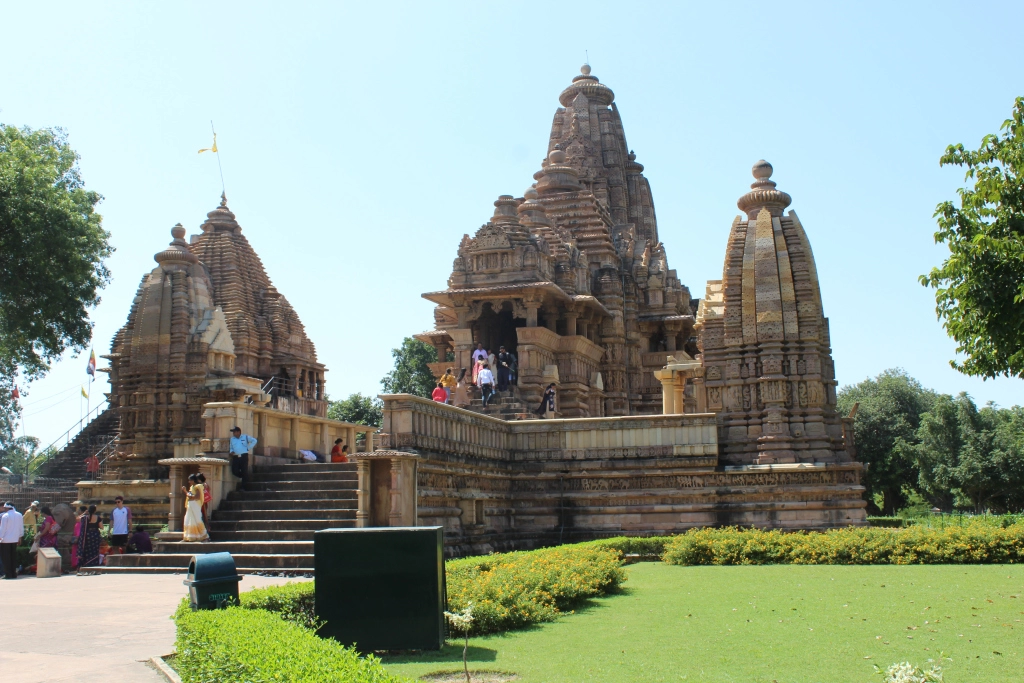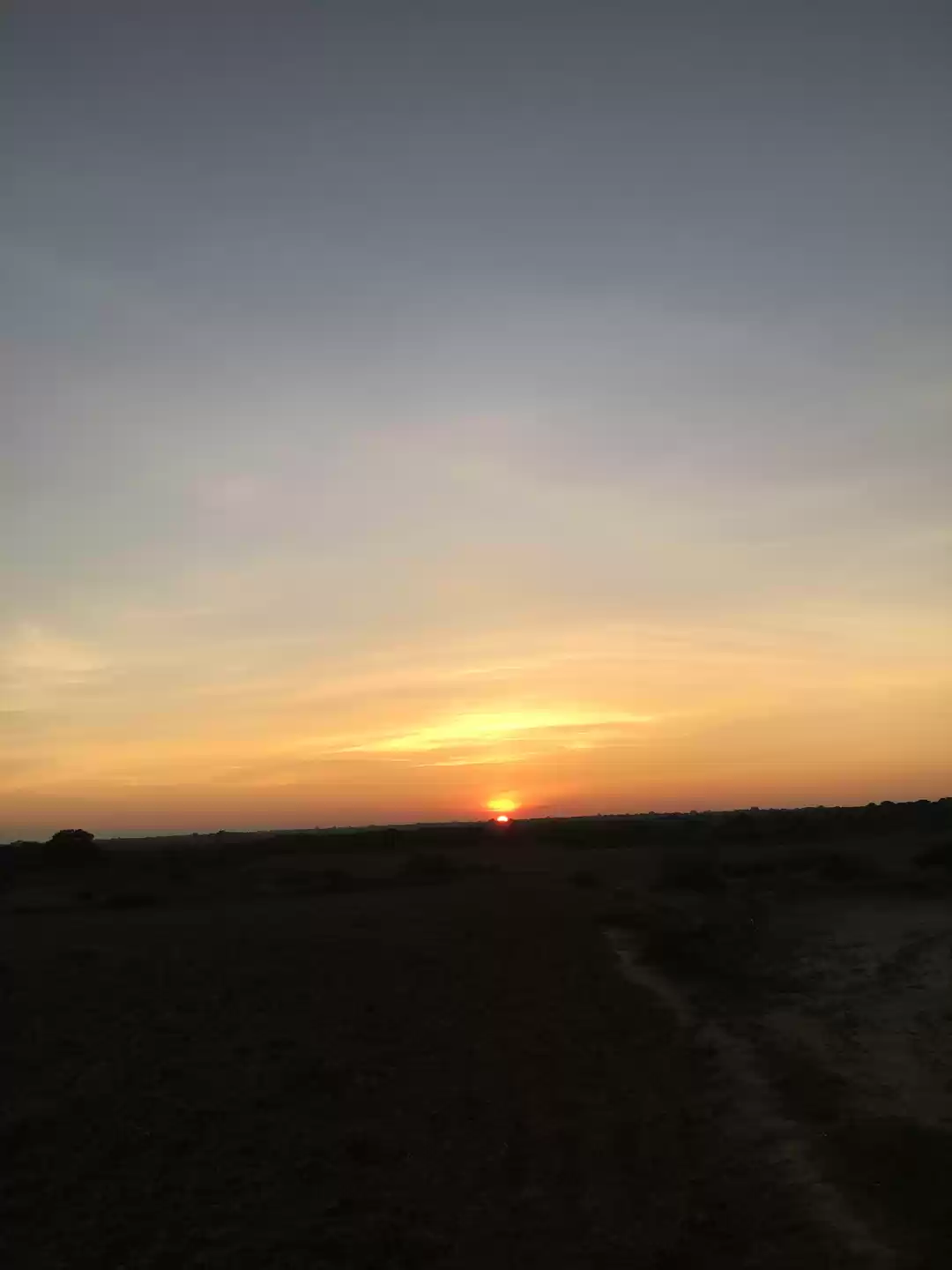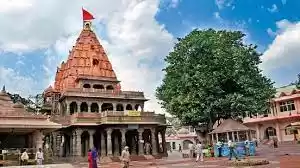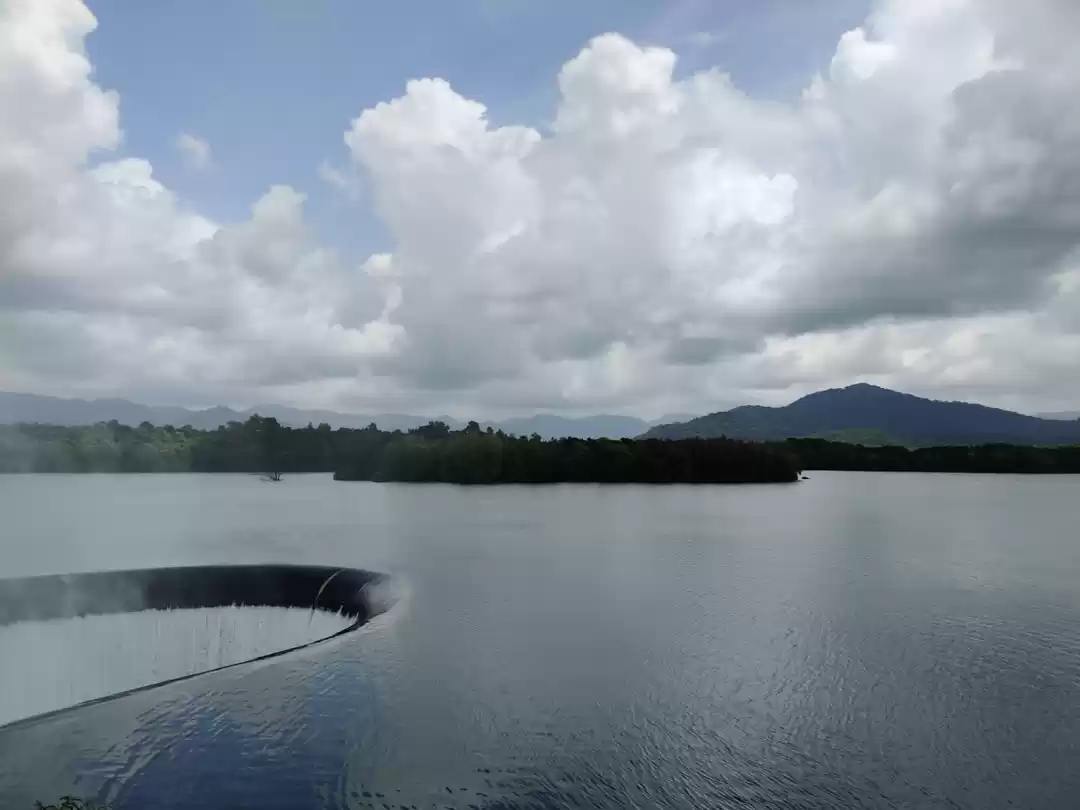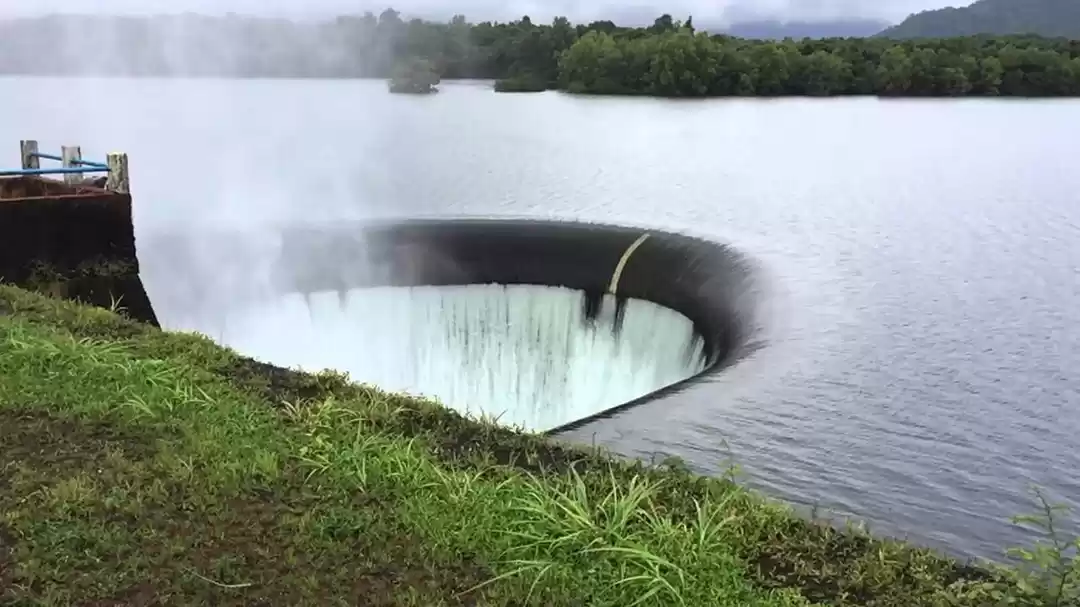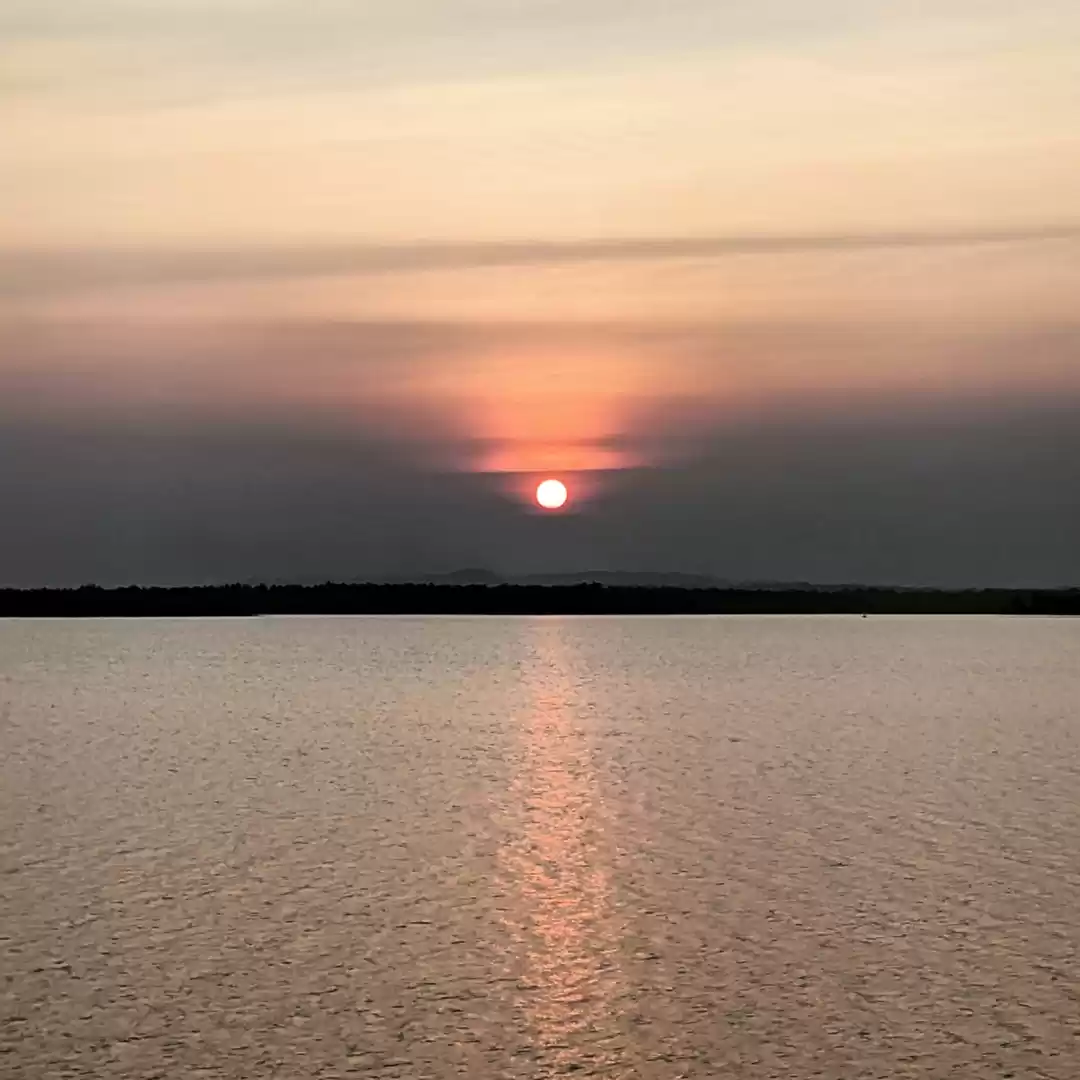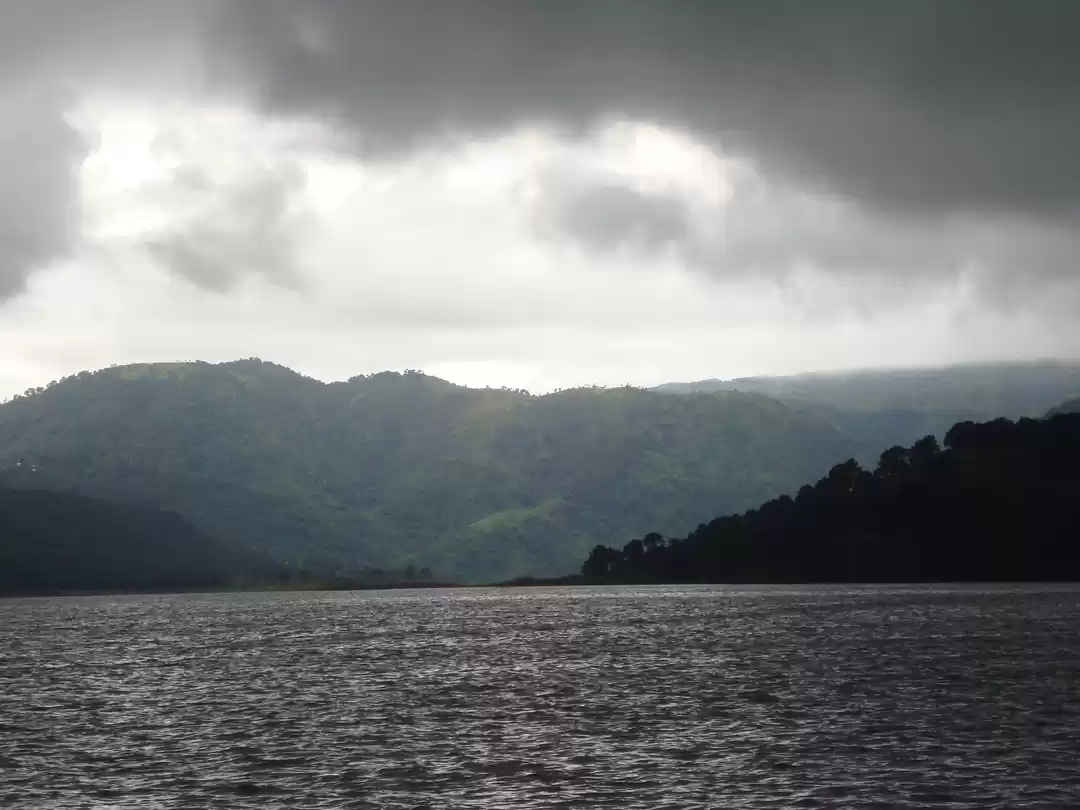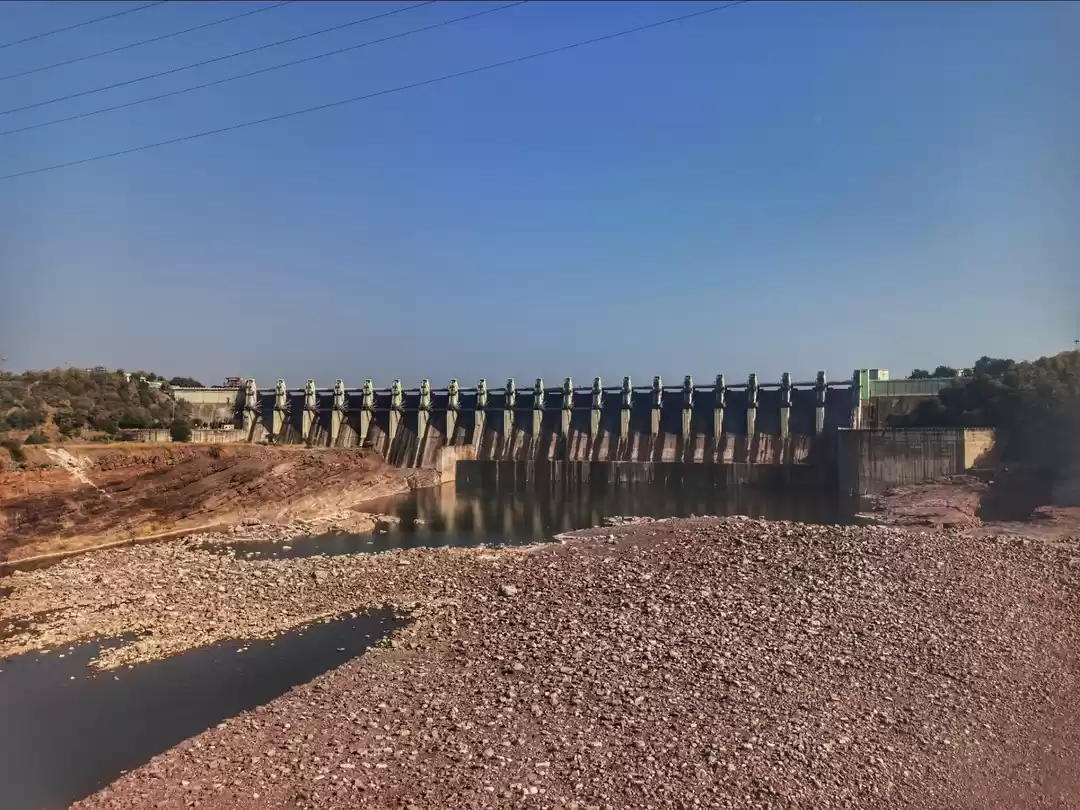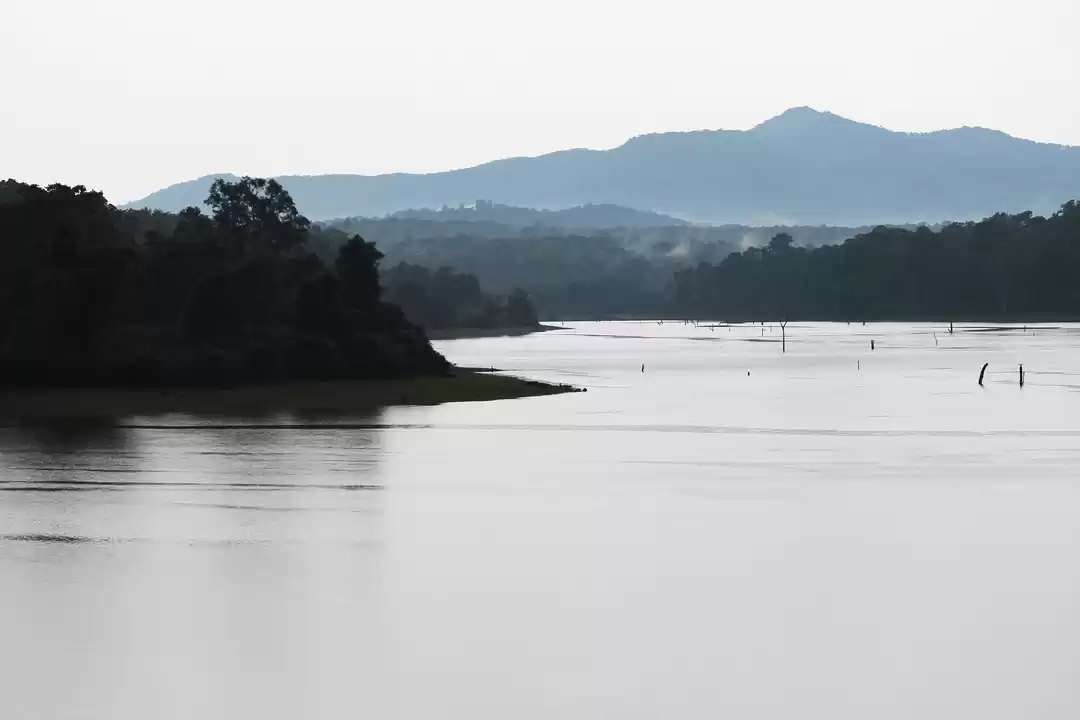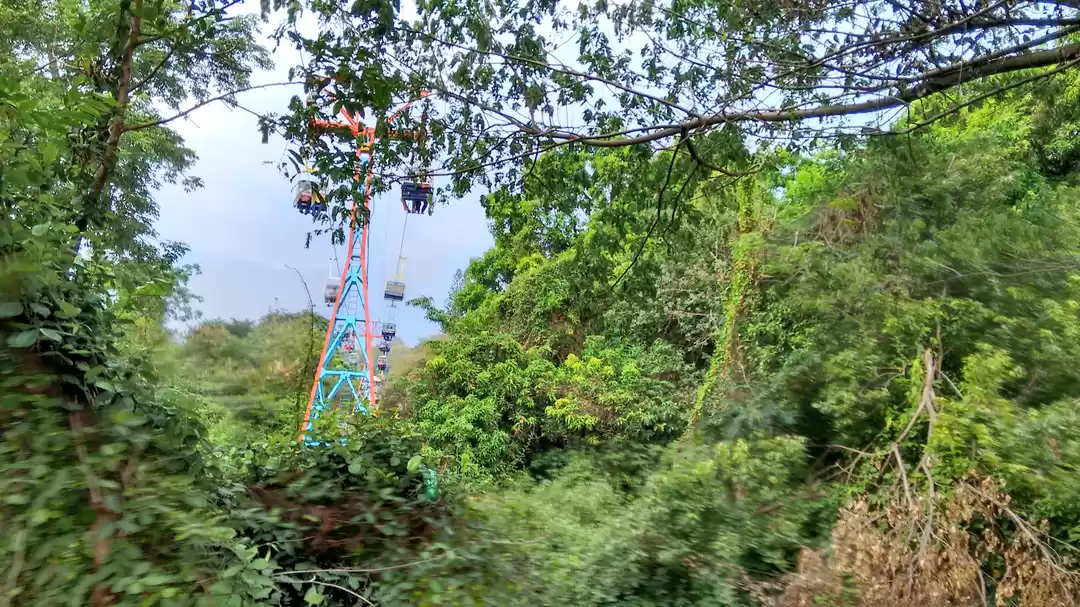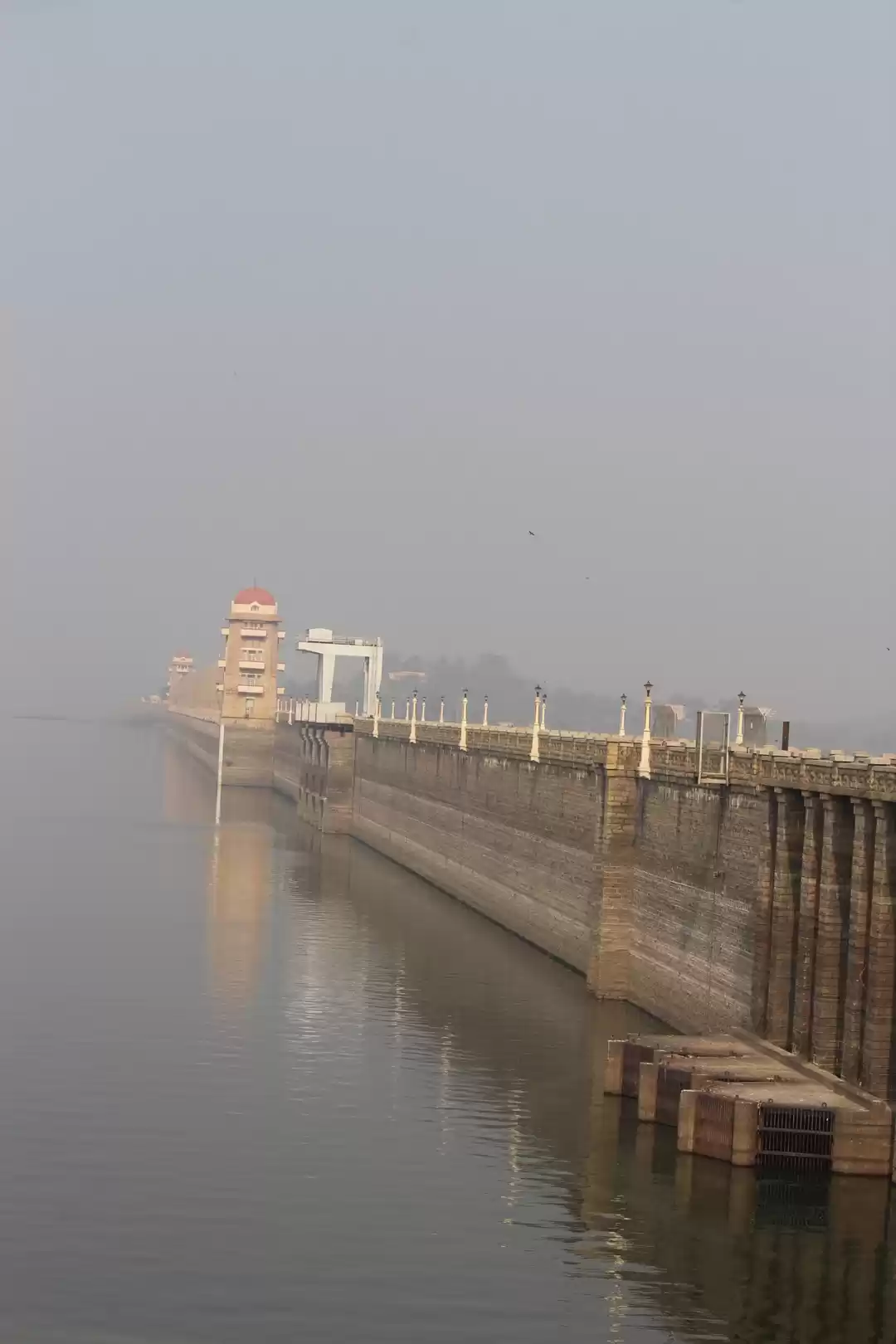Indirasagar Dam is a colossal structure that spans across the Narmada river in Khandwa district of Madhya Pradesh. It is one of the largest and most important dams in India, as it provides irrigation, hydropower, drinking water and flood control to millions of people. It is also a popular tourist attraction, as it offers a stunning view of the river, the reservoir, the islands and the hills. If you are looking for a unique and memorable experience, Indirasagar Dam is a must-visit destination for you.

History and Development of the Dam
The idea of building a dam on the Narmada river was conceived in the 1950s, as part of the Narmada Valley Development Project. The project aimed to harness the potential of the river for the benefit of the states of Madhya Pradesh, Gujarat, Maharashtra and Rajasthan. The construction of the dam began in 1984 and was completed in 2005. The dam is 92 metres high and 653 metres long, and has a storage capacity of 12.22 billion cubic metres. It has 20 radial gates and 8 sluice gates to regulate the flow of water. It has a power house with 8 turbines that generate 1000 MW of electricity. It also has a canal network that irrigates 1.23 million hectares of land.
The dam is named after Indira Gandhi, the former prime minister of India, who laid the foundation stone of the project in 1984. The dam is also known as the Narmada Sagar Dam, as it forms a huge lake called the Narmada Sagar, which is the largest man-made reservoir in India. The reservoir covers an area of 913 square kilometres and has a shoreline of 633 kilometres. It has 12 islands, some of which are inhabited by tribal communities. The reservoir also supports a rich biodiversity, including fish, birds, reptiles and mammals.
Benefits and Implications of the Dam
The dam has brought many benefits to the region and the country, such as:
Irrigation: The dam provides water for irrigation to the drought-prone areas of Madhya Pradesh, Gujarat and Rajasthan. It helps in increasing the crop production and improving the livelihood of the farmers.
Hydropower: The dam generates electricity that meets the demand of the states of Madhya Pradesh, Gujarat, Maharashtra and Rajasthan. It also helps in reducing the dependence on fossil fuels and enhancing the energy security of the country.
Drinking water: The dam supplies drinking water to the urban and rural areas of Madhya Pradesh, Gujarat and Rajasthan. It helps in improving the health and sanitation of the people.
Flood control: The dam controls the floods that occur in the lower reaches of the Narmada river. It helps in preventing the loss of life and property due to the natural disasters.
Tourism: The dam attracts tourists from all over the country and abroad. It offers a scenic and serene environment for the visitors to enjoy the beauty of nature. It also provides opportunities for boating, fishing, camping, birdwatching and other recreational activities.
The dam also has some drawbacks, such as:
Displacement: The dam has displaced about 40,000 families, mostly belonging to the tribal and marginalised communities. They have lost their homes, lands, livelihoods and cultures due to the submergence of their villages and forests. They have faced many hardships and challenges in the process of resettlement and rehabilitation.
Biodiversity loss: The dam has affected the biodiversity of the Narmada river and its surroundings. It has altered the natural flow and ecology of the river, and has threatened the survival of many species of fish, birds, reptiles and mammals. It has also submerged some of the historical and religious sites along the river.
Sedimentation: The dam has accumulated a large amount of sediment in the reservoir, which reduces its storage capacity and efficiency. It also affects the water quality and the aquatic life. It also poses a risk of dam failure in case of an earthquake or a breach.
Future Prospects and Challenges of the Dam
The dam has a lot of potential and challenges for the future, such as:
Maintenance: The dam requires regular and proper maintenance to ensure its safety and performance. It needs to monitor and repair any cracks, leaks, erosion or corrosion that may occur in the structure. It also needs to upgrade and modernise its equipment and technology to cope with the changing demands and conditions.
Operation: The dam requires optimal and coordinated operation to balance the multiple and conflicting objectives of irrigation, hydropower, drinking water and flood control. It needs to follow the rules and agreements of water sharing and allocation among the co-basin states. It also needs to consider the environmental and social impacts of its operation on the downstream and upstream areas.
Expansion: The dam has the scope and opportunity to expand its capacity and benefits. It can increase its power generation by adding more turbines or installing solar panels on the reservoir. It can also increase its irrigation potential by extending its canal network or using drip or sprinkler systems. It can also enhance its tourism potential by developing more facilities and attractions for the visitors.
Innovation: The dam has the possibility and need to innovate its design and function. It can adopt new and alternative methods of water storage and management, such as underground reservoirs, rainwater harvesting, water recycling, etc. It can also adopt new and sustainable ways of energy production and consumption, such as wind, biomass, hydrokinetic, etc. It can also adopt new and participatory ways of governance and decision making, such as stakeholder involvement, community empowerment, etc.
Conclusion
Indirasagar Dam is a marvel of engineering and a source of life. It is a remarkable achievement of human endeavour and a valuable asset for the nation. It is also a beautiful destination and a rewarding experience for the travellers.
If you are looking for a place that combines nature, culture and adventure, Indirasagar Dam is the perfect choice for you.

